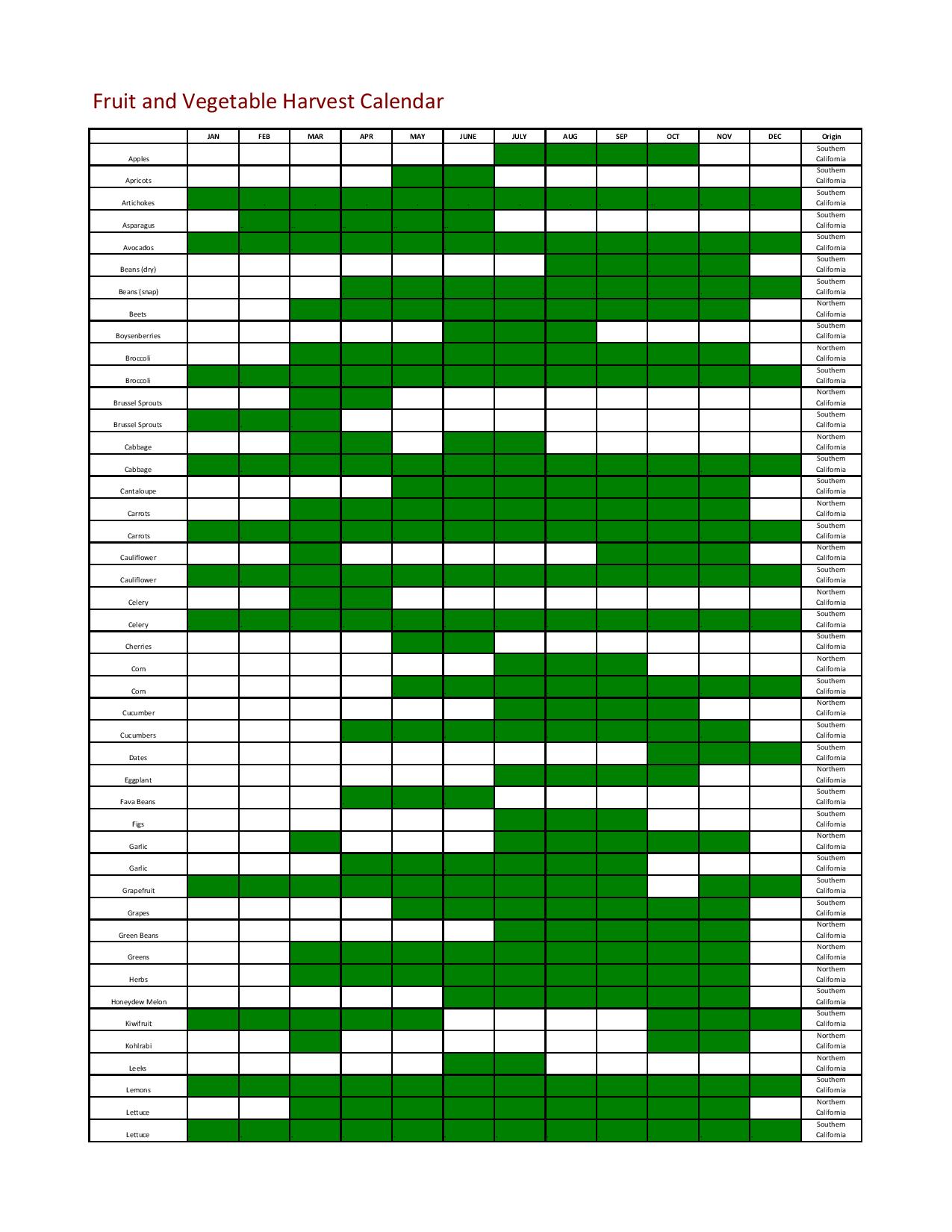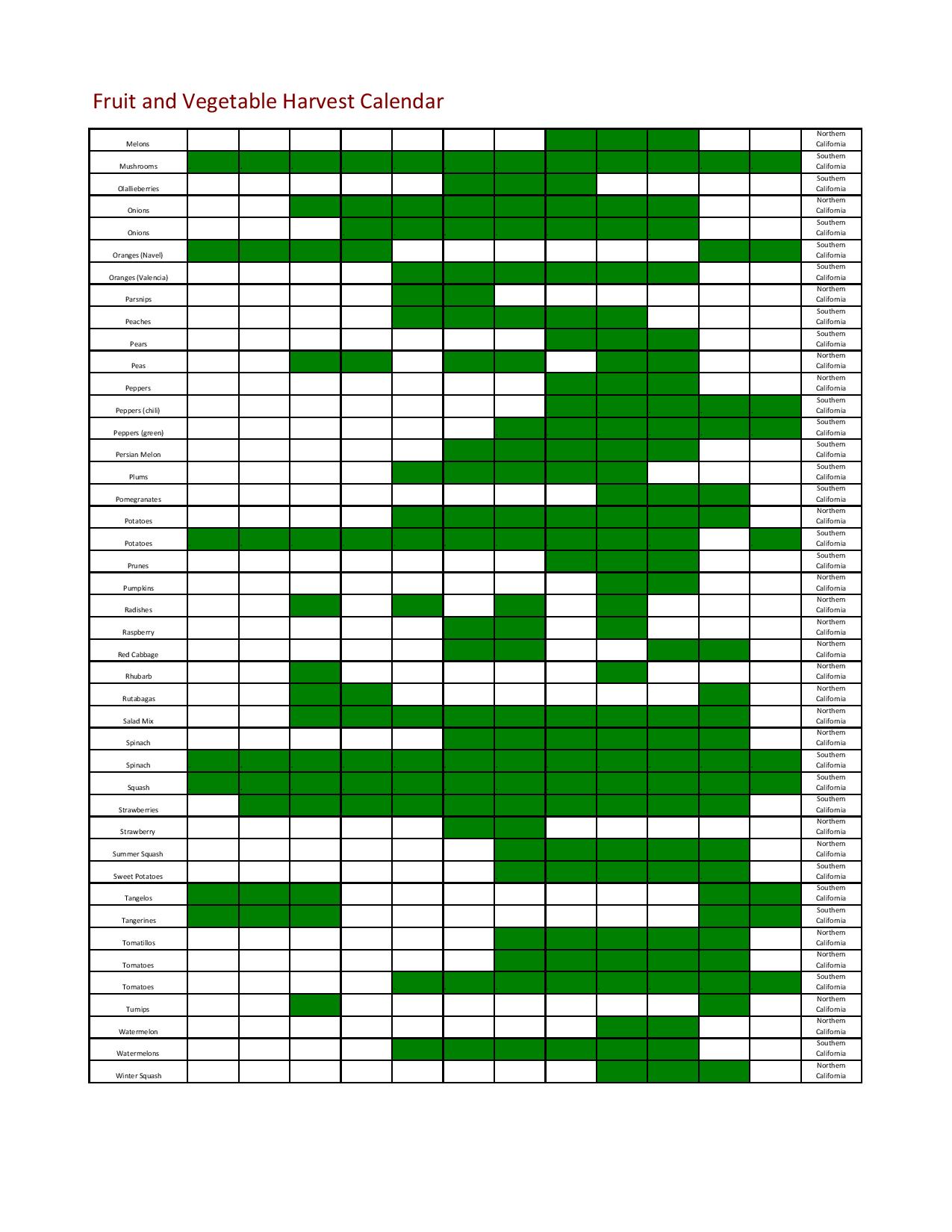What is Seasonality’s Effect on a Restaurant’s Bottom Line
2 Min Read By Wade Winters
“Ask the Expert” features advice from Wade Winters, Vice President of Supply Chain for Consolidated Concepts Inc. Please send questions for this column to Modern Restaurant Management (MRM) magazine Executive Editor Barbara Castiglia at bcastiglia@modernrestaurantmanagement.com.
Q: How should seasonality play a role in regard to the purchase of ingredients for certain menu items? Are products more or less expensive when they’re in season or does it matter?
A: Seasonality plays a big part for many food products. There are literally ‘seasonality charts,’ and peak seasons for all products and that includes produce, seafood, beef, grains, etc. For example, below is a seasonality chart for many fruits and vegetables. There are variances to the availability based on weather, international conflicts, politics, and many other issues. However, this gives you an idea of when to plan for items for your menu.

 The cost of seasonal items is normally an advantage. For example, late summer and fall is a great time to buy apples because that is when they are normally harvested and abundant. Since they have a limited shelf life and there are holding costs involved, growers are looking to move their inventories quickly so you can get a good price. They are normally at the peak of flavor and available in many varieties.
The cost of seasonal items is normally an advantage. For example, late summer and fall is a great time to buy apples because that is when they are normally harvested and abundant. Since they have a limited shelf life and there are holding costs involved, growers are looking to move their inventories quickly so you can get a good price. They are normally at the peak of flavor and available in many varieties.
However, there is a difference between “seasonal” items and “peak season” items. Peak season items are not always favorable in pricing. Many proteins fall into this category. In fact, in early May, beef items such as flap meat and skirt steak are in big demand, which drives up prices. This is a result of high demand from certain holidays such as Cinco de Mayo, but all thin meats go up during this time of the year. Beef trim, which is used in ground beef, also is in high demand. After all, it is grilling season!
The key is to manage your purchases and take advantage of prices when they are low, especially if they are high volume and impactful items for your menu. Adjusting your menu based on seasonality, or peak seasons, is critical to managing food costs. Having a fixed menu has its advantages, but it is important to have a certain amount of flexibility to redirect the customer to LTO (limited time offer) items that have a lower food cost.


